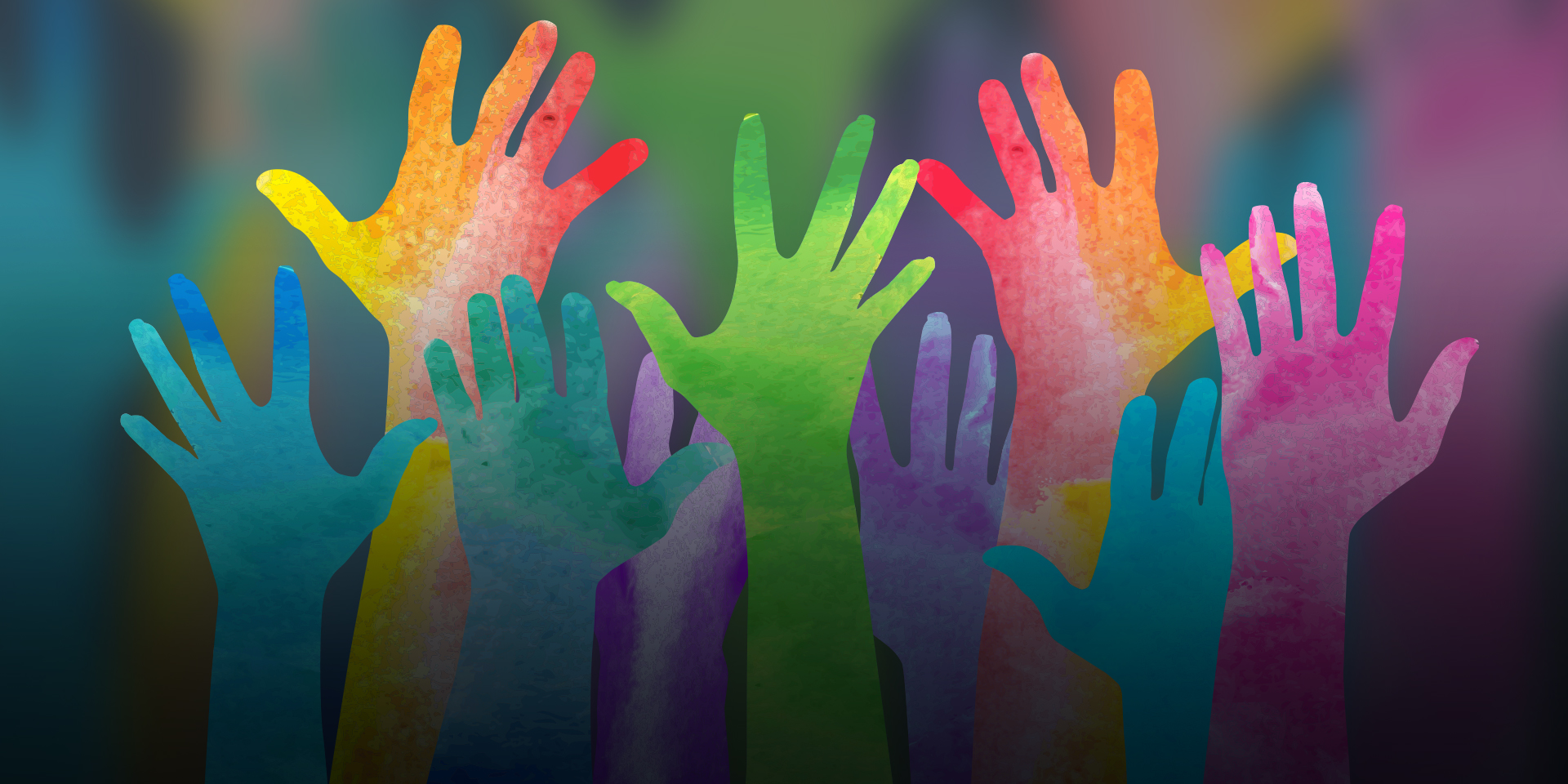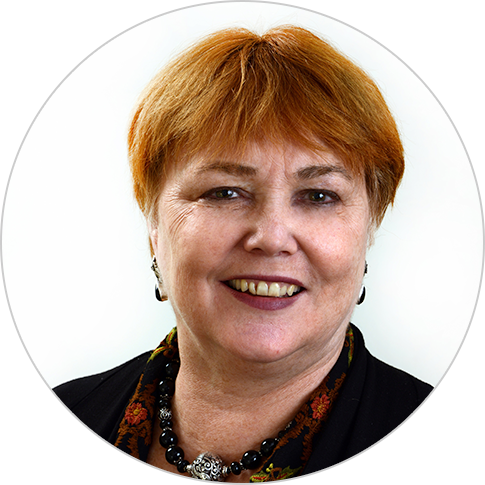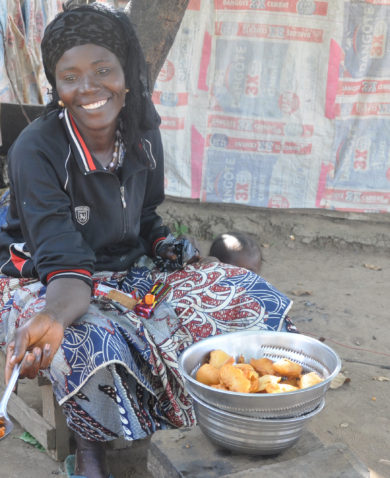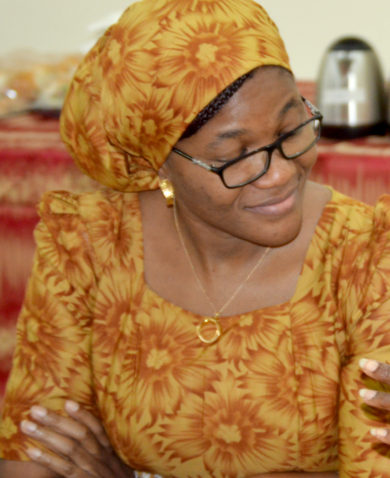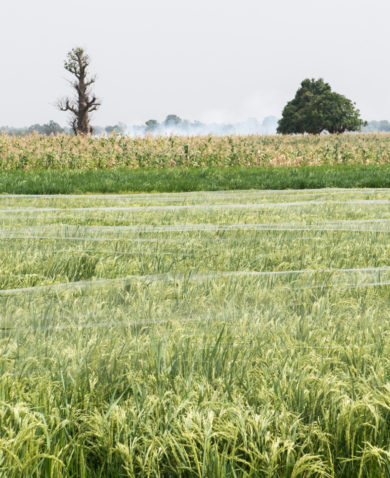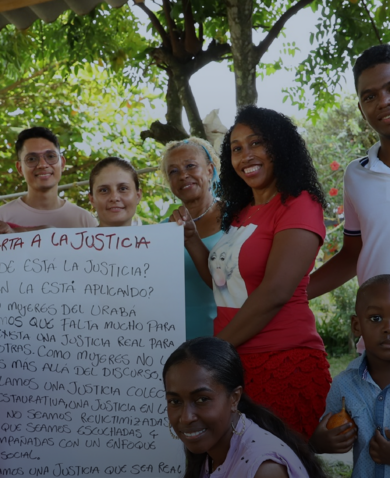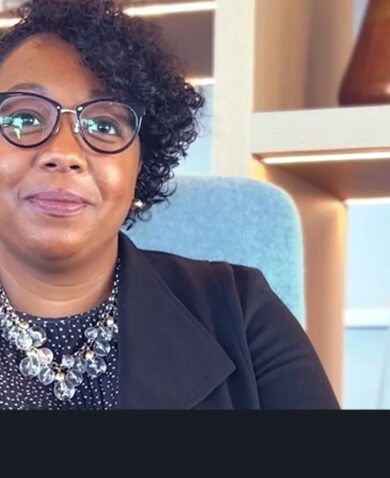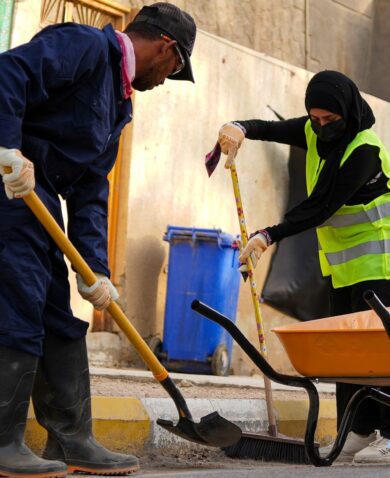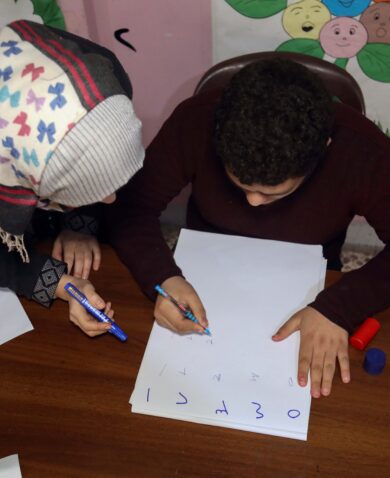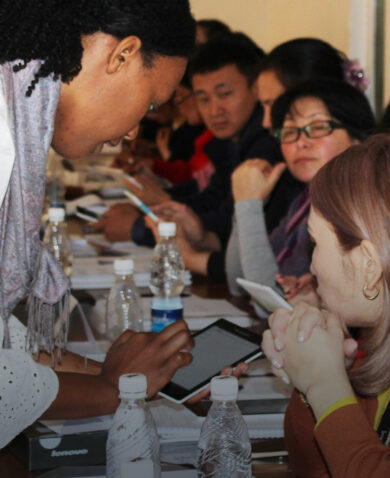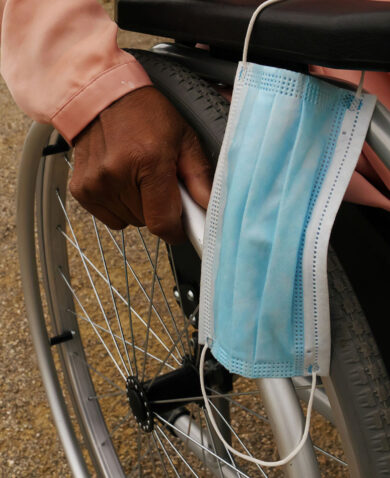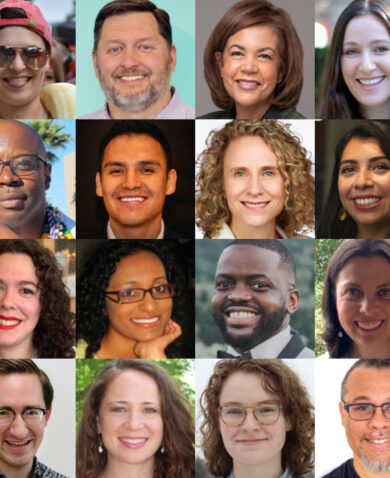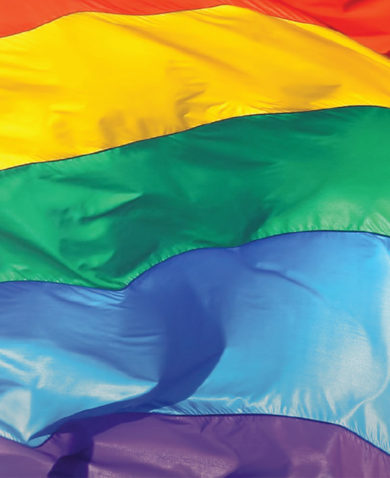Of course, we as development professionals also have a tremendous opportunity to support our partners and beneficiaries in their efforts to “balance for better.” I am proud of our staff and fellow implementers around the world who empower women and underrepresented groups through their pursuit of equity and equality. In Rwanda, for example, the USAID Soma Umenye project ensures that the design of textbooks and supplementary readers are gender-sensitive and inclusive, portraying both boys and girls in active and non-traditional roles in activities and illustrations. The USAID HRH2030 program has defined the competencies that family planning providers should demonstrate to deliver more equitable, high-quality services to all clients and reduce gender bias. The good work continues across sectors from supporting women’s land rights in Tajikistan to researching barriers to education that children with disabilities face in Syria.
As I reflect on this year’s theme, I can’t help but think about the concept of balance in the workplace broadly. Just as gender balance is not only a women’s issue, balance should extend beyond gender identity. Companies that promote diversity and inclusion in their workplaces reap benefits related to innovation, team performance, reputation and financial performance. We can’t afford not to have diverse voices at the table as it ensures we take a balanced approach to whatever the issue we are discussing. As the phrase goes, we are stronger together.
I am optimistic that progress in the development sector to support women in leadership roles will continue and will extend to other historically marginalized groups, particularly women and men of color. Just last year at the Forum to Advance Women’s Leadership in the Global Development Sector, I joined a panel with other skilled women leaders to highlight the steps each of our organizations are taking to support existing women leaders and cultivate the next generation of leaders. Creating balanced leadership requires deliberate efforts and careful succession planning over time to build a pipeline of talented and diverse professionals for every position. It also requires us to reflect on our company culture to ensure we are doing everything to empower women and promote diversity and inclusion. Do we consider the needs and perspectives of our global workforce? Are we considering the skills and challenges of people with different ethnicities, religions, sexual orientations, and socioeconomic backgrounds?
What will you do to achieve gender balance — and beyond — in your programming and your workplace? To “balance for better,” we need everyone’s ideas and action. Today I am celebrating International Women’s Day with my colleagues around the world because I recognize the impact of a gender-balanced workplace and one that is inclusive of the identities our employees hold beyond gender. It’s the only way development and progress can work.
Happy International Women’s Day!

